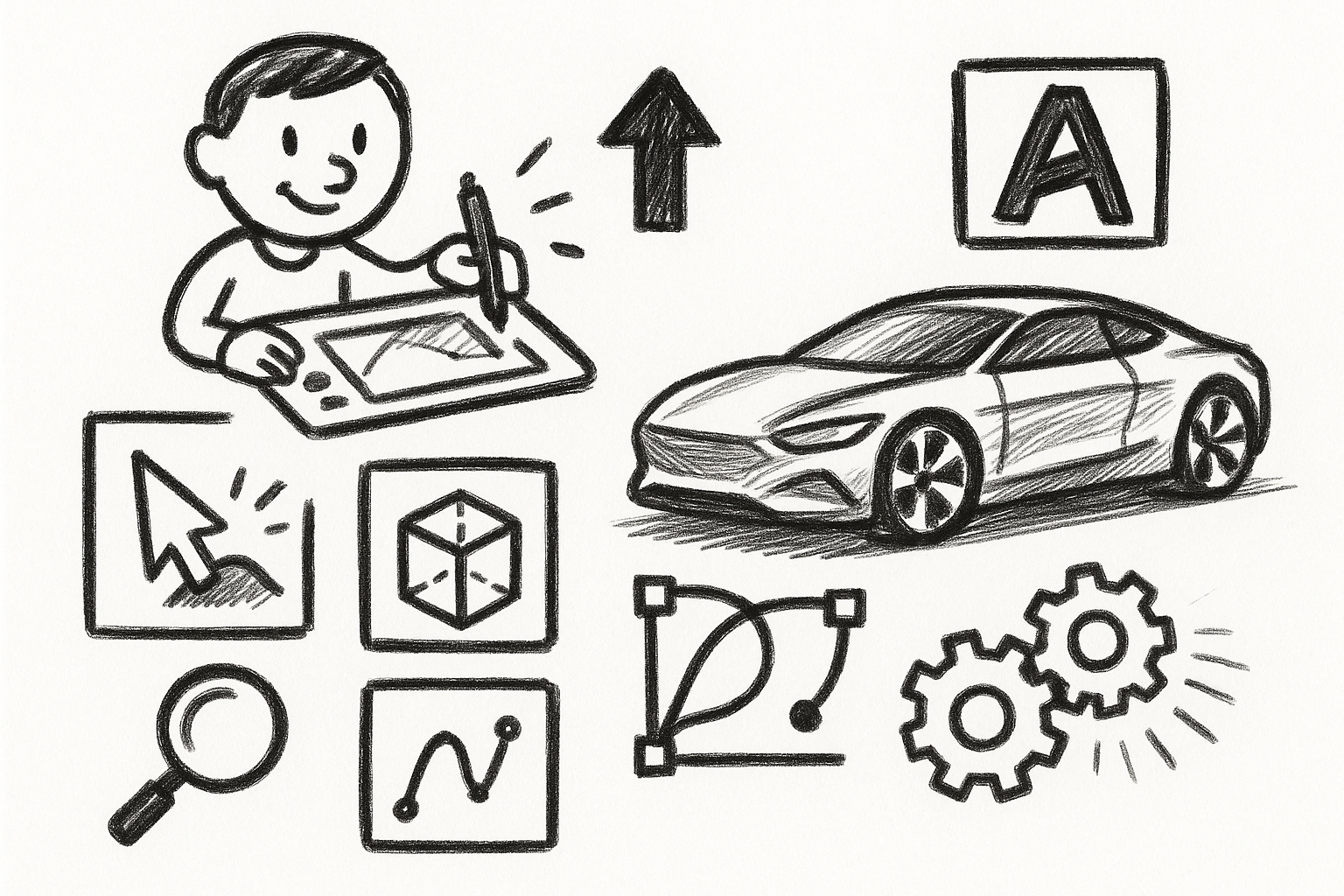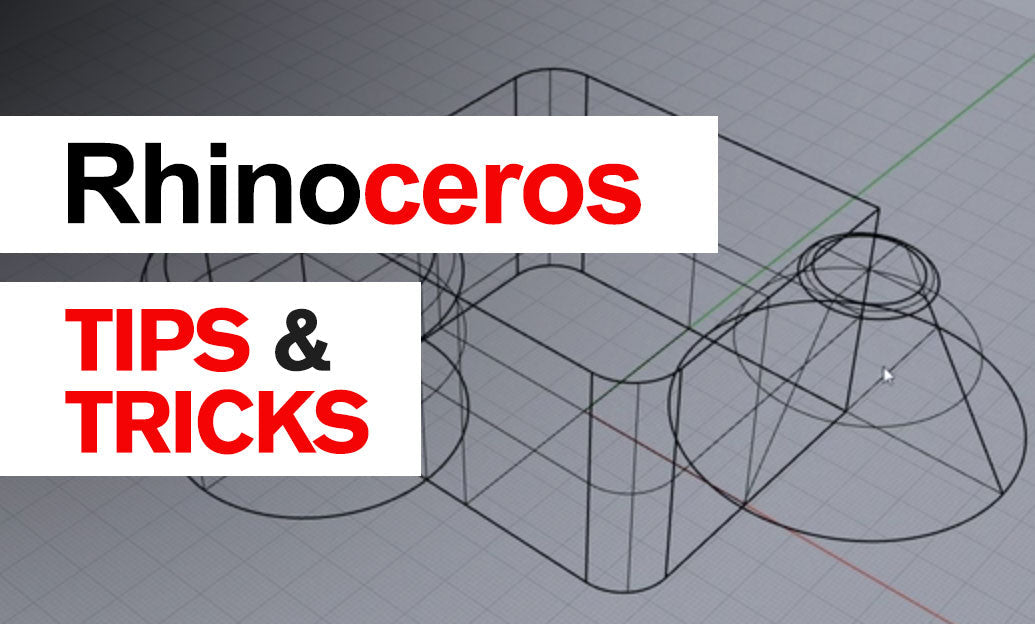Your Cart is Empty
Customer Testimonials
-
"Great customer service. The folks at Novedge were super helpful in navigating a somewhat complicated order including software upgrades and serial numbers in various stages of inactivity. They were friendly and helpful throughout the process.."
Ruben Ruckmark
"Quick & very helpful. We have been using Novedge for years and are very happy with their quick service when we need to make a purchase and excellent support resolving any issues."
Will Woodson
"Scott is the best. He reminds me about subscriptions dates, guides me in the correct direction for updates. He always responds promptly to me. He is literally the reason I continue to work with Novedge and will do so in the future."
Edward Mchugh
"Calvin Lok is “the man”. After my purchase of Sketchup 2021, he called me and provided step-by-step instructions to ease me through difficulties I was having with the setup of my new software."
Mike Borzage
Exploring the Transformative Impact of Virtual Reality on Product Visualization and Design Collaboration
July 18, 2024 3 min read


Virtual Reality (VR) has significantly transformed the landscape of product visualization, offering a sophisticated blend of technology and creativity. The evolution of product visualization techniques has journeyed from rudimentary sketches and models to advanced digital simulations. VR, in its essence, represents the zenith of this evolution, providing an immersive, interactive environment that has redefined the parameters of product design and presentation.
The significance of VR in product visualization cannot be overstated. It offers designers, engineers, and stakeholders a revolutionary tool to explore, assess, and refine products in ways previously unimaginable. Through VR, the limitations of physical prototypes and static images are transcended, paving the way for a more intuitive and comprehensive design process.
Immersive Visualization and Design Collaboration
VR has ushered in an era of immersive visualization, enabling an unparalleled depth of interaction with product designs. The technology allows for detailed examination of virtual prototypes in real-time 3D, providing insights into the design, function, and ergonomics of a product well before it materializes. Users can navigate around or within these virtual models, making it possible to identify potential issues and improvements early in the design phase.
- Detailed examination of real-time 3D visualization
- Interaction with virtual prototypes to assess design, function, and ergonomics
In addition to enhancing the design process, VR facilitates collaborative design review sessions, bringing together global teams in a virtual space. This capability is crucial in today's interconnected world, where teams often span continents. Virtual meetings enable direct interaction with the product model, streamlining the feedback and decision-making processes without the constraints of physical location.
- Virtual meetings allowing global teams to interact with the product model
- Streamlining feedback and decision-making processes
Enhancing Client Engagement and Sales
The impact of VR on client engagement and sales is profound. Presenting product concepts through immersive demonstrations offers a compelling narrative that traditional methods cannot match. Clients can explore and interact with products in a virtual environment, receiving a customizable experience tailored to their needs and preferences. Such engagement not only facilitates a deeper understanding of the product but also fosters a stronger connection between the client and the design, potentially accelerating the decision-making process.
- Engaging clients with immersive demonstrations
- Customizable experiences tailored to client needs and preferences
Moreover, VR serves as a powerful tool for marketing and pre-sales activities. Virtual showrooms and exhibitions allow businesses to showcase their products in a dynamic, interactive format, captivating potential customers and offering them a taste of the future. This application of VR in creating compelling product narratives and experiences underscores its value not just as a design tool but as a driver of business growth.
- Virtual showrooms and exhibitions
- Using VR to create compelling product narratives and experiences
Challenges and Future Perspectives
Despite its advantages, the adoption of VR in product visualization is not without challenges. Technical and logistical hurdles, such as hardware requirements and the integration with existing design and development workflows, pose significant barriers. Moreover, as VR technology continues to evolve, staying abreast of the latest advancements and ensuring compatibility with new hardware and software becomes a continual process.
Looking ahead, the future developments in VR technology promise to further enhance its application in product visualization. Advancements in VR hardware, marked by increased resolution, reduced latency, and improved user comfort, are on the horizon. Additionally, the potential for integrating augmented reality (AR) and mixed reality (MR) presents an even more comprehensive visualization ecosystem, combining the best aspects of physical and digital product interaction.
Conclusion
The transformative role of VR in product visualization marks a significant milestone in the evolution of design and presentation techniques. As VR technology continues to evolve, its application in product design, development, and marketing processes promises to unlock new possibilities, fostering innovation and competitive advantage. Designers and businesses are thus encouraged to embrace VR as a powerful tool, one that not only enhances the visualization process but also redefines the relationship between creators and their creations.
Also in Design News

Mastering Precision: 5 Advanced Techniques to Elevate Your Autodesk Alias Workflow
August 29, 2025 5 min read
Read More
Rhino 3D Tip: Optimizing Rhino Workflow Through Strategic Plugin Integration
August 29, 2025 3 min read
Read More
Harnessing Edge Computing to Transform Design Software Workflows
August 29, 2025 12 min read
Read MoreSubscribe
Sign up to get the latest on sales, new releases and more …


